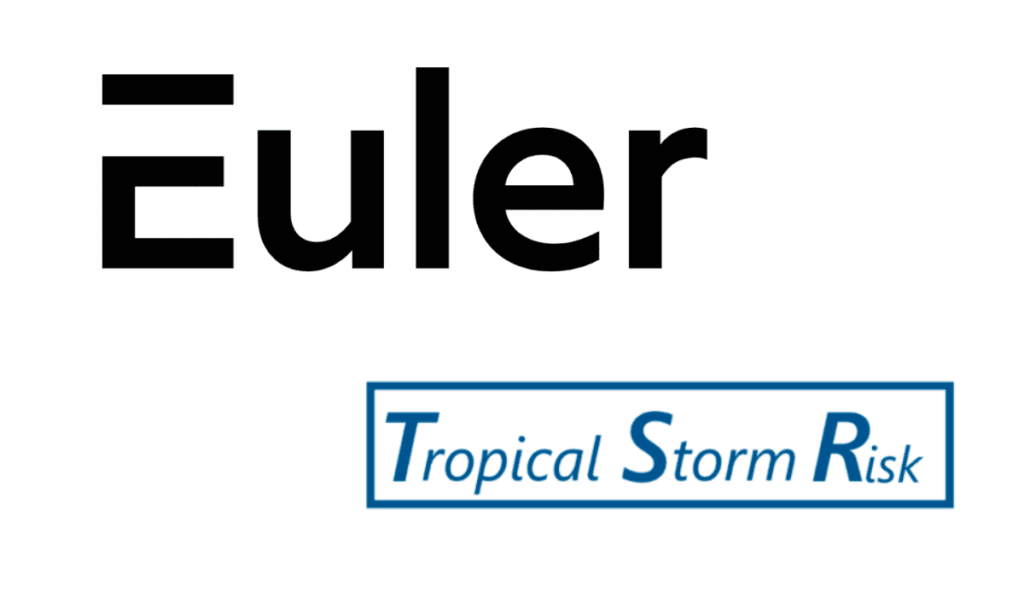Adjusting ILS exposure for July hurricane forecast can deliver excess returns: Euler, TSR study

Making adjustments to the exposure of insurance-linked securities (ILS) portfolios based on inputs gleaned from the early July hurricane season forecast can drive opportunities to generate excess returns in reinsurance, according to a study from Euler ILS Partners and Tropical Storm Risk (TSR).
Specialist insurance-linked securities (ILS) investment manager Euler ILS Partners has joined forces with the well-known tropical forecasting team at Tropical Storm Risk (TSR) to study whether portfolio actions taken based on information from the earlier seasonal forecasts in July can make a difference.
The July forecast has been chosen as this is a typically active time of the year for both insurance-linked securities (ILS) and reinsurance trading, as well as for hedging of portfolios, using instruments such as industry-loss warranties (ILWs).
The study looks across twenty years of July hurricane season forecast data from TSR and compares a more traditional approach of keeping ILS portfolio exposure levels the same each year, with three strategies that adjust ILS portfolio exposure based on the July seasonal hurricane forecasts.
For the purposes of the study, accumulated cyclone energy (ACE) is the forecast variable chosen, as it is found to have the strongest correlation to both total and maximum insurance or reinsurance market losses from a single hurricane season.
Euler ILS Partners and TSR say econometric analysis shows ACE as being, “closely related to insured losses, making it a reliable and effective predictor.”
Industry-loss warranties (ILW) were chosen for use in the study, as they are widely used in reinsurance as hedging tools and well-suited to leverage the relationship between ACE and insured losses to generate higher returns, the study participants explained.
The benchmark scenario for the study is one where reinsurance coverage is sold but then portfolios are not adjusted to account for seasonal forecasts of hurricane activity.
Euler ILS Partners and TSR explained, “In reinsurance and ILS fund management, the common strategy is to sell reinsurance coverage over multiple years without adjusting for seasonal forecasts. Hence the benchmark strategy is to sell an ILW each year from 2003 to 2023 with a fixed notional amount of USD 100 million and a fixed strike level. The reinsurer receives a premium each year, but risks paying out the notional amount of the ILW if hurricane losses exceed the strike level in a given year.
“We use this strategy as a baseline to evaluate other strategies. We calculate cumulative profits over 20 years by comparing all premiums and payouts. Our advanced strategies trade the same number of times and always with the notional amount of USD 100 million to enable comparison.”
The first strategy that adjusts portfolio exposure is one where, based on the forecast, a decision is taken to not sell reinsurance based on the ACE forecast and already this shows promise, as, “This simple approach generates alpha (excess return over our benchmark) of up to 50%, depending on the strike price and forecast month. Both the July and August forecasts tend to significantly outperform the benchmark,” the study participants said.
The second adjusted strategy opts to buy ILW protection in years with a high ACE forecast, rather than stop selling altogether. So this is more of a hedged ILS strategy and one we see enacted by certain ILS fund managers almost any year where the hurricane season is forecast to be active.
This second strategy amplifies the outcomes of the first, but, “showing even bigger excess returns in the range of 30% to 100%,” the study participants explained.
The third adjusted strategy is more sophisticated, as it uses the distribution of observed or forecasted ACE to generate trade signals based on specific percentiles.
The study participants explained, “The results are impressive across the board. In addition, a theoretical version of this strategy, using observed ACE values instead of forecasts, has also been analysed. Knowing the ACE in advance shows great potential for high excess returns, but even the forecast-based strategies, especially the July forecast strategy, deliver outstanding results, with alphas of up to 170%. Across different forecasts and strike levels, Adv. Strategy 3 generally achieves an alpha of over 50%, which is remarkable.”
The study concludes, “The three advanced strategies, although simple and designed with minimal parameters to avoid overfitting, show strong outperformance compared to traditional approaches. However, the small sample size limits the analysis, especially when high strikes are involved.
“As shown these advanced strategies consistently outperform traditional strategies but fall short of the theoretical maximum. Notably, the July forecast performs as well as, if not better than, the August forecast, which is crucial for real-world applications. Also testing the strategies for 2024 with damage estimates for Helene and Milton suggests that the adv. strategies would have outperformed traditional approaches.
“In summary, the July and August TSR Seasonal Forecasts have enough skill to generate significant excess returns when reflected in reinsurance and ILS selling and buying strategies.”
Seasonal hurricane forecasts are often said to be lacking accuracy and not sufficient for portfolio inputs and decision-making, but the study shows that broadly ACE is a good predictor of possible loss activity from hurricanes, so can inform hedging and portfolio adjustment decisions for ILS fund managers.
This is relevant to ILS managers no matter the instruments they invest in, as hedging possibilities are available in a wide-range of forms (indemnity, parametric, swaps etc) and selling certain positions, or adding more diversification to portfolios, are of course other actions that can be taken to adjust exposure in response to information received, be that from forecasts or other sources.
It’s a reminder of another way ILS managers can generate alpha for their investors, as the study suggests that an ILS manager that actively hedges its portfolio, with ILW’s, in response to a seasonal hurricane forecast can outperform versus one that takes no action at all.
Look out for the full paper which is being published by Tropical Storm Risk (TSR) tomorrow.






